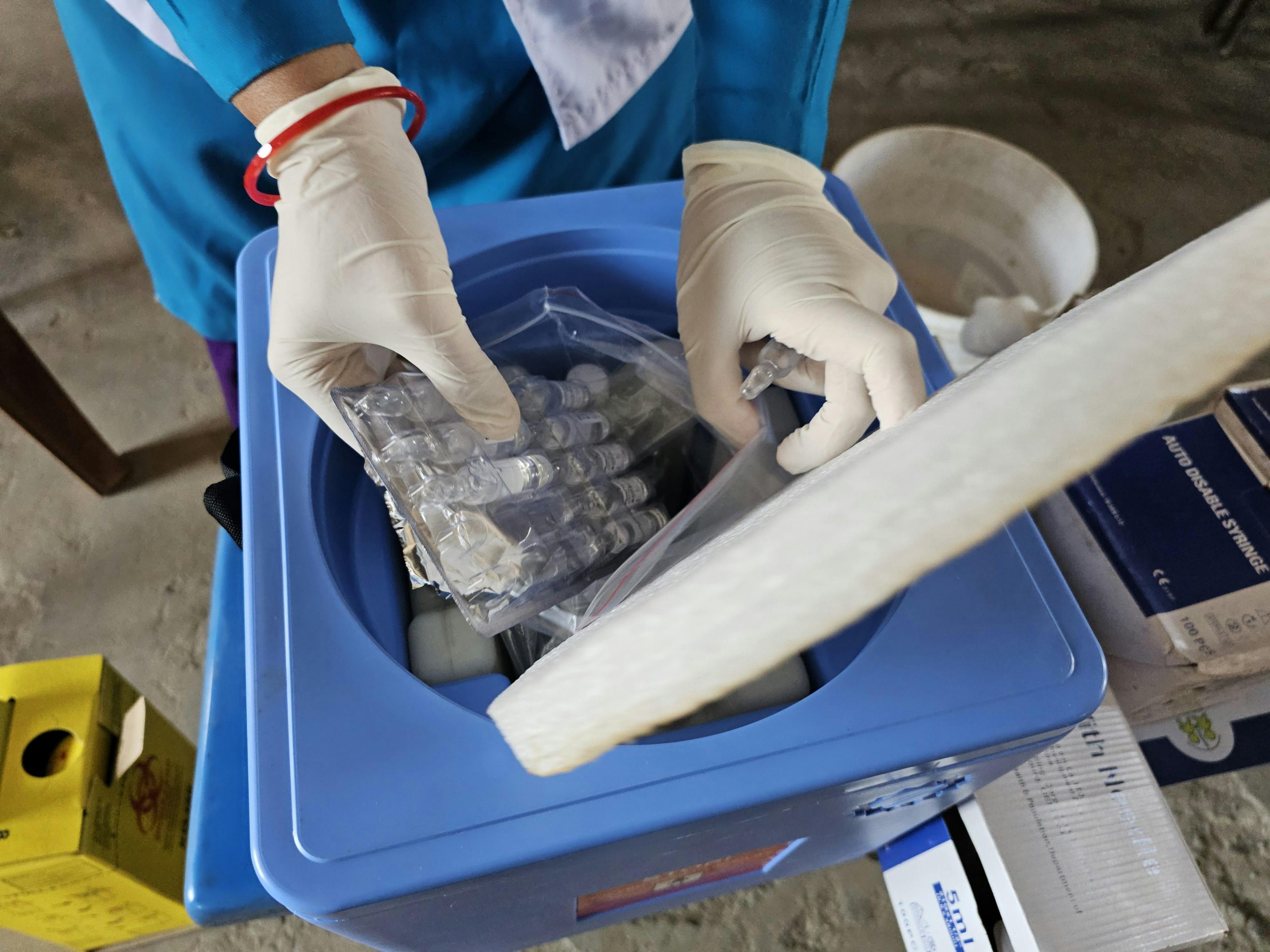In the manufacturing sector, there is hardly an operation that requires more careful supervision than injection molding. The procedure itself is based on consistency, accurate timing, and integrity of the material used. In case of an irregularity, it is often attributed to the residues that build up in the equipment, which are subtle. At this point, the silent hero comes in: purging.
Purging is an essential process, although it is not very spectacular, especially when compared to the more dramatic steps of the production process. As a matter of fact, purging is the key element that makes the difference between a continuous production line and a production line that comes to a halt at an unacceptable price.
The Silent Saboteur: Buildup of Residues
Each of the materials used in molding makes an impression. These trace residues build up over repeated cycles, and what may initially appear as a thin film of residual resin or pigment may grow to form obstructions, inconsistencies, or even chemical reactions within the barrel and screw. These residues do not evaporate naturally; they recede into crevices, stick to surfaces, and stay inactive until the operational conditions alter.
This phenomenon is worsened by frequent changes of material, e.g., changing resin to resin or changing colorants. Old stuff does not want to give up, and it undermines the quality of the following goods. The result is usually inconsistent parts, color differences, or wasteful re-work that costs time and resources.
Product Quality Begins Inside the Machine
A properly maintained machine produces parts that are clean of contaminants, but contaminants added to the melt will visibly appear in the final part as streaks, blemishes, or structural weakness.
One defective batch may spread to the whole batch of production, which will result in customer returns and decrease trust in the reliability of the brand. Consistency is the key to injection molding. Purging is an imperative activity to guarantee that the first piece made is as clean as the final piece of the run.
Time is Money
It is a mistake to view purging as a process that can be delayed since it has a real purpose. Although stopping production might seem counterproductive, it is actually necessary in maintaining productivity.
Purging is not a waste of time but a saving of time. A short purge is all that can prevent later hours of troubleshooting. Equipment that is working with accumulated residue does not indicate its failure by a flashing red light. Instead, it reduces the rate of output, requires regular calibration, and yields defective components, which have to be discarded or repaired. All these effects are destructive to productivity.
Caring for the Machine
Although it is very robust, an injection-molding machine is prone to wear at specific points of contact and tolerances that should be preserved to guarantee long-term performance. The screw and its barrel can be worn out by progressive accumulation of material, and this may require expensive repair or even replacement. Systematic purging is an operation procedure that is focused on the reduction of internal corrosion by eliminating the purged deposits that when not removed, can increase the abrasion and corrosion rates in the system. The process is similar to the regular preventive measures like brushing teeth daily or changing the lubricants of the car on a regular basis. It is not very exciting, but it must be done to make things go smoothly.
The Role of Technique
The decision to purge is as important as the method to do it. Others depend on good quality commercial purging compounds, whereas others opt to use manual methods such as purging with virgin resin. It does not matter how you do it, but consistency is what counts.
It is also important to select the method for the task. Resins are handled differently, and high-temperature resins tend to leave harder residues. That’s where understanding various injection molding purging methods becomes essential. The choice of a proper method makes the work easier, safer, and more effective, and thus eliminates unpleasant surprises.
Conclusion
The most underestimated advantage of purging is the feeling of relief it gives. Operators are aware that their machines are clean. Managers believe that their lines will operate without surprises. Customers get the same products on time and on spec.
When production delays and product inconsistencies can ruin reputations and cost businesses real money, the confidence of a machine that has been purged well is priceless.
